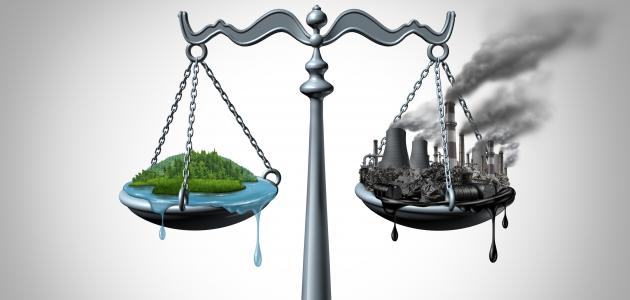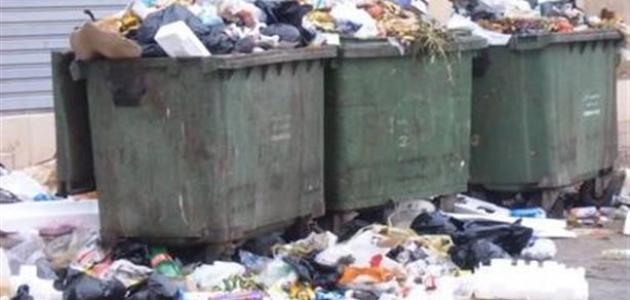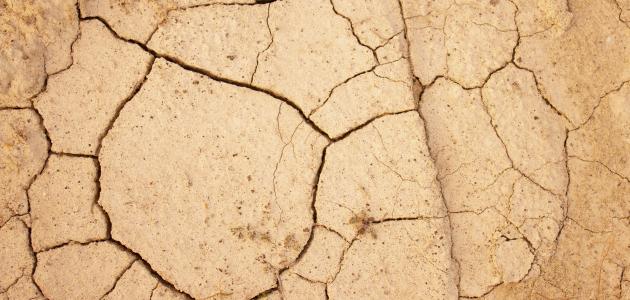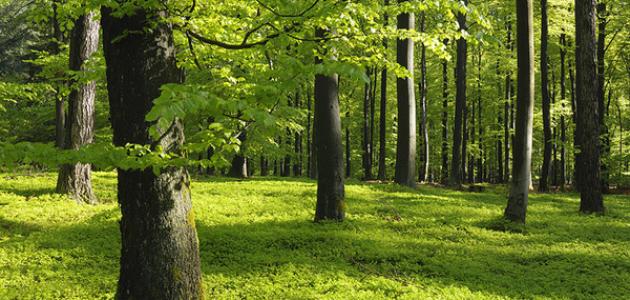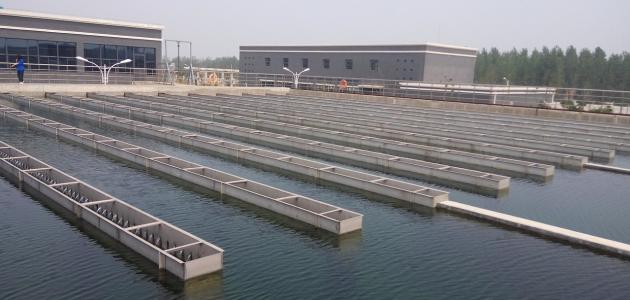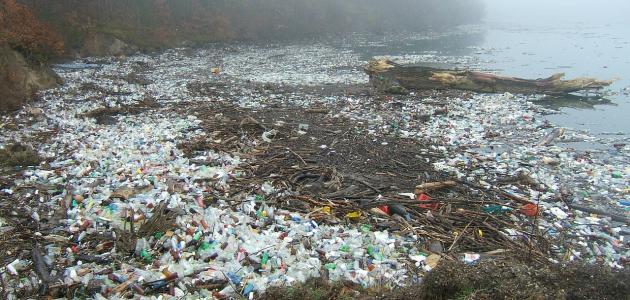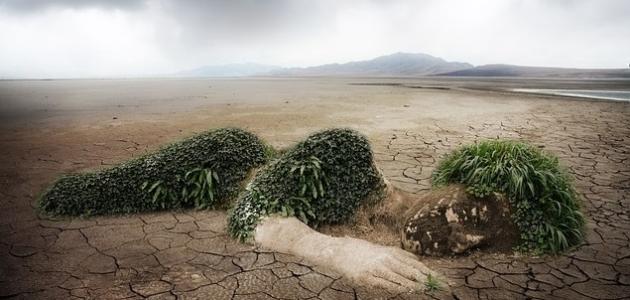Environmental balance
Ecosystems are diverse in nature, and include deserts, forests, mountains, wetlands, rivers, agricultural lands, etc. Maintaining the natural environmental balance is an essential factor in protecting these different environments, as the environmental balance represents the interaction of living organisms, including plants, animals, and organisms. Minutes with their common ecosystem within a balanced biological cycle. For example, plants depend on the sun until they grow and in turn become food for other organisms. Then plants and animals become food for microorganisms after their death.
Examples of ecological balance
The predator-prey relationship is one of the most prominent examples of environmental balance in nature, and this relationship contributes to controlling the numbers of prey and predators, as the natural balance between them highlights that the greater the number of prey, the greater the food available to the predator, and thus its numbers increase, which in turn leads to an increase Consuming prey, then the number of available prey decreases, which causes a limited amount of food available for the predator, and thus its numbers automatically decrease.
Balanced environment elements
The ecosystem consists of living elements and other non-living elements that interact together. The living elements in a balanced ecosystem are divided into primary producers such as plants, and four consumers: primary consumers such as herbivores, secondary consumers such as carnivores, and omnivores who feed on plants and meat, in addition to carnivores. Detritus that consumes the remains of the decomposition of living elements after their death. As for non-living elements, they include rainfall, sunlight, heat, and humidity, in addition to terrain, soil type, and water characteristics. Living organisms depend for their survival on non-living elements, and therefore any difference It affects both types of elements of the ecosystem and may lead to an imbalance in the entire environment. For example, plants require a certain temperature, humidity, and soil in order to grow, and after that animals depend on these plants for their food.
Read also:waste and how to dispose of itFactors affecting environmental balance
natural factors
Natural disasters such as floods and hurricanes may lead to an environmental imbalance, but the ecosystem can restore its balance over time after their occurrence, while environmental changes that occur over a long period of time may lead to radical changes to the ecosystem that cannot be repaired. Such as global warming and sudden climate change, which some hypotheses believe is the cause of the extinction of the dinosaurs. However, in the modern era, natural disasters of a different kind have affected many countries. Such as the disaster of drought and famine that led to the death of hundreds of thousands of people, and many plants, animals, and microorganisms, especially species that depend on water for their reproductive cycle, such as amphibians.
Human factors
Human intervention may negatively affect the environmental balance, and some various human activities may lead to disruption of ecosystems, such as the production of large quantities of industrial and agricultural waste, cutting down trees that leads to soil erosion and environmental destruction, and excessive fishing, which causes disruption of the food chain in bodies of water. However, it is worth noting that sustainable practices may compensate for the negative effects of human activities, such as setting a maximum limit on the permitted amounts of fishing and encouraging replanting of forests.
The importance of the environment and its benefits
Ecosystems provide living organisms with many services and benefits, and these services are divided into four categories:
Read also:Ecological balance and how to maintain it- Logistics and catering services: These are the various products that are obtained from ecosystems to provide the needs of living organisms, and include water, food, raw materials such as wood, and various treatments.
- Management and organization services: Ecosystems provide many benefits to living organisms by managing and regulating their natural resources and processes, such as controlling the global climate by sequestering and storing greenhouse gases in trees, managing natural risks such as preventing trees from soil erosion, and controlling pests and diseases through parasites and predators.
- Habitat services: Ecosystems provide a home for the organisms that live in them and the organisms that migrate to them in a way that ensures the continuation of the life cycle of different species and maintains the transmission of the genetic characteristics of those organisms, which leads to the preservation of biodiversity.
- Cultural services: Cultural services are indirect benefits to humanity from ecosystems. Natural landscapes give people the opportunity to relax to improve their mental and physical health. They also provide them with tourist attractions that play a role in economic development, in addition to nature being a source of inspiration for arts, culture, and various sciences.
How to maintain environmental balance
The importance of environmental balance lies in its preservation of the survival and stability of living organisms in their ecosystems. The following are the most prominent ways that humans seek to maintain environmental balance:
Read also:Stages of dam water treatment- Natural Resources Management: Commitment to sustainable and efficient activities in the use of natural resources is essential for maintaining environmental balance in a way that protects these resources from the expansion of human activities.
- Managing population growth: The increasing population on planet Earth poses a burden on various ecosystems, due to their increased consumption of environmental resources, which leads to a decrease in these resources, and thus poses a major threat to them.
- Protecting water bodies and water sources: Water pollution has posed a threat to the ecosystems of marine life, so adopting methods to reduce water pollution is an effective way to preserve the balance of nature.
- Recycling: Recycling various materials contributes to preserving ecosystems and protecting the environmental balance in them. Therefore, the use of energy-saving devices and vehicles is an essential means of protecting the ecosystem.

